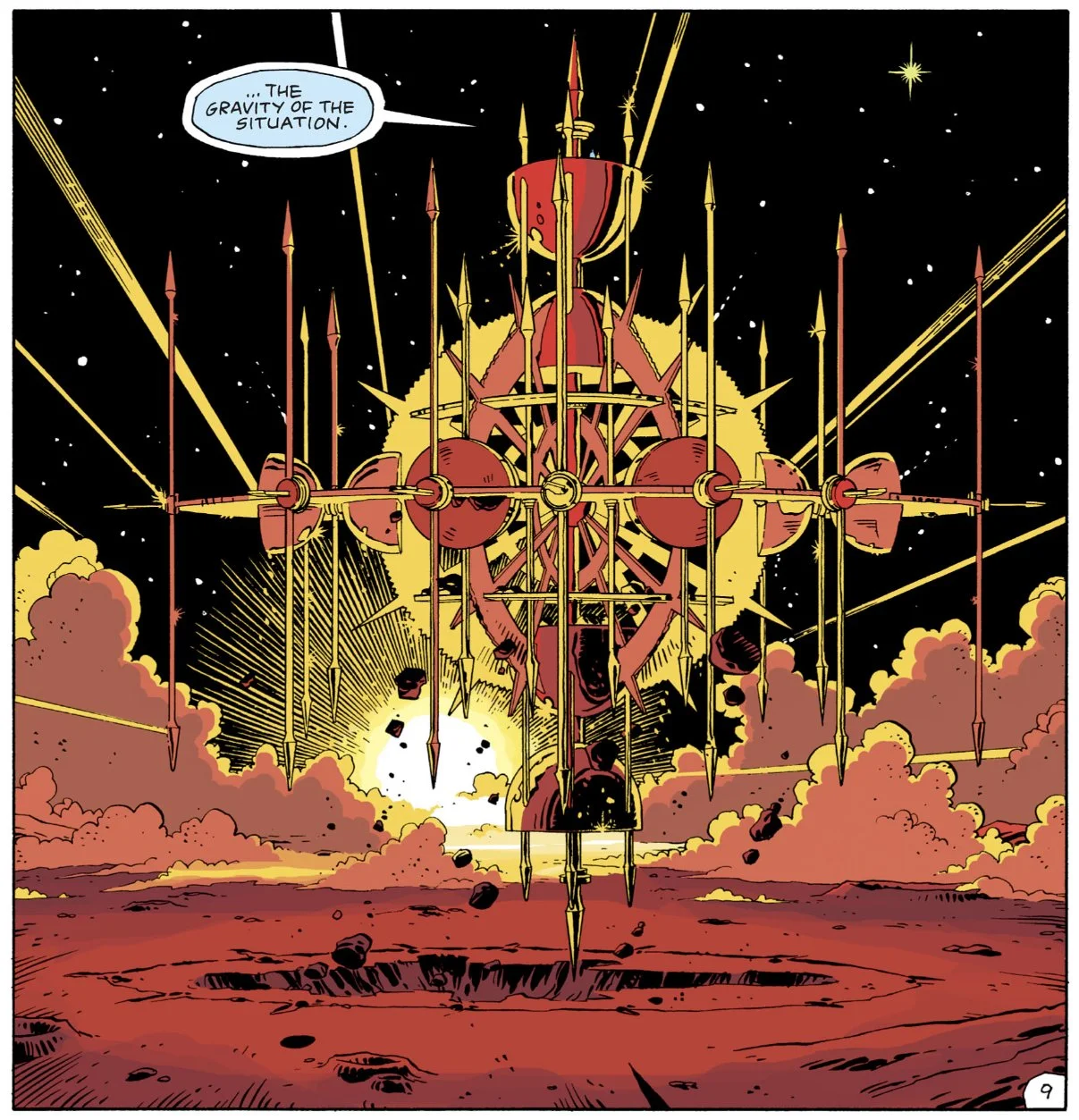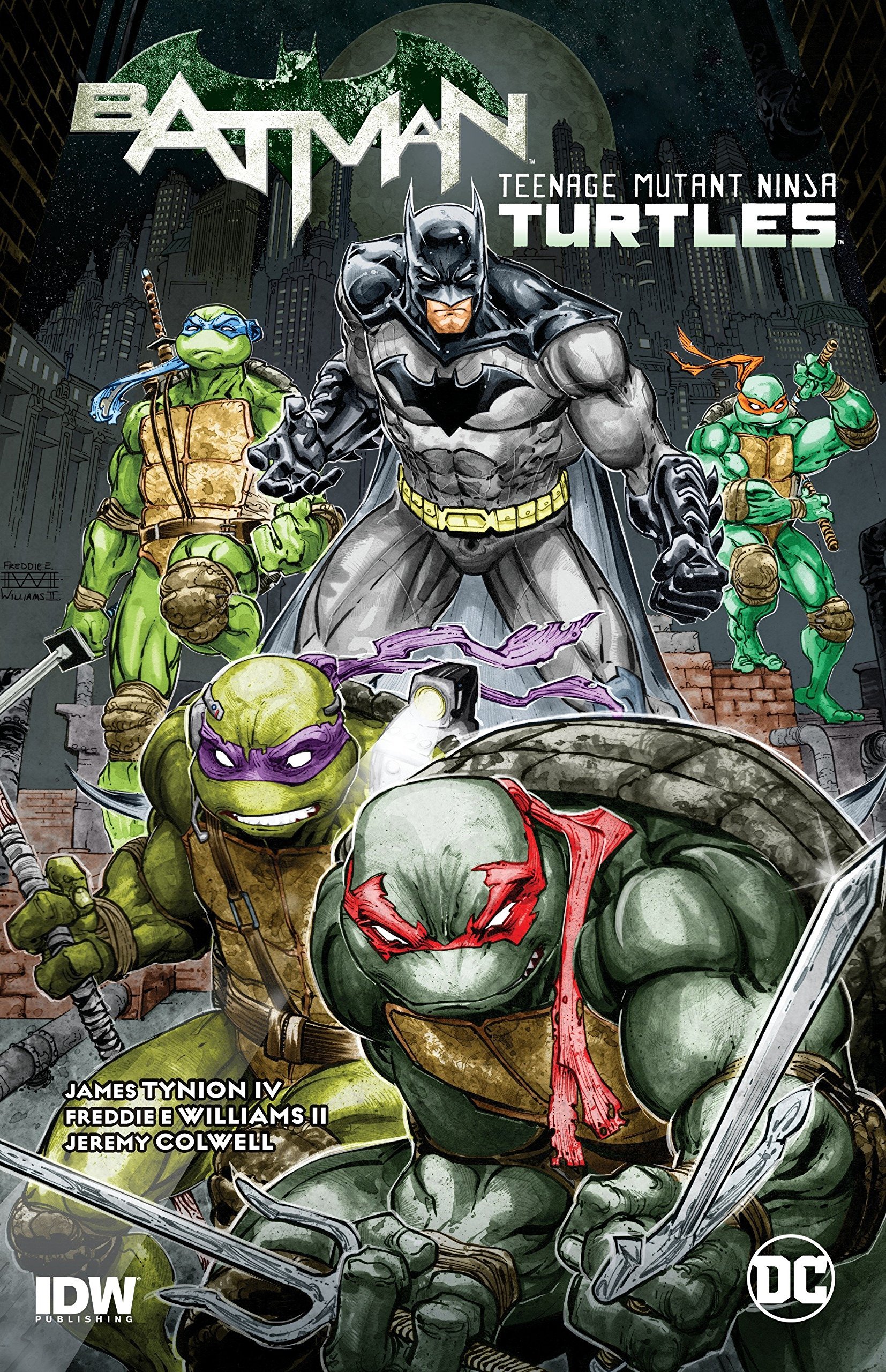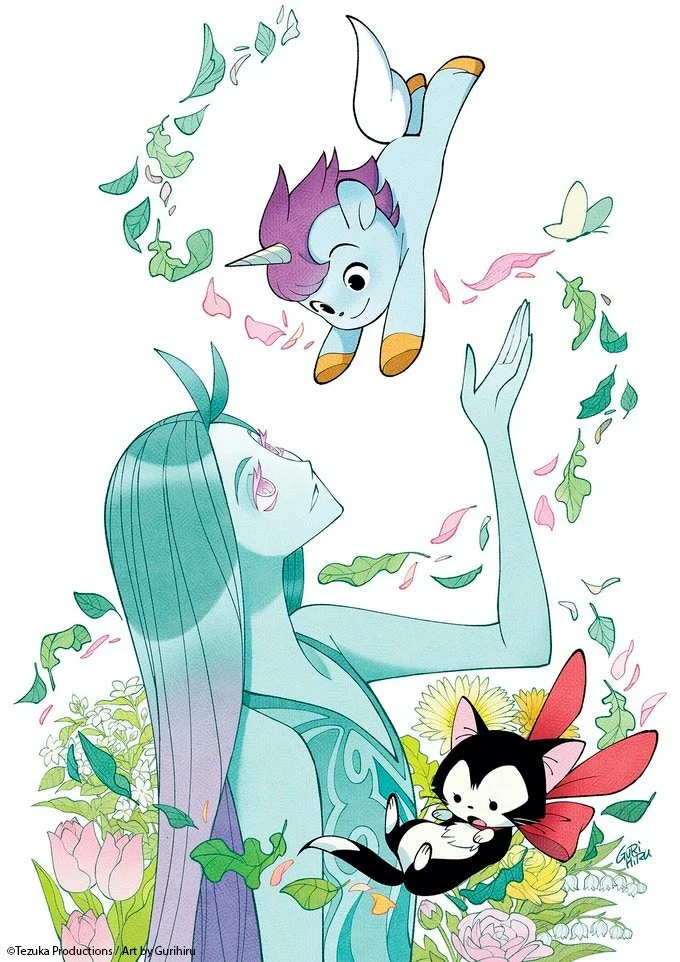Certain Points of View: Start Wars, or where to begin with Star Wars comics
By Keigen Rea — One of the toughest questions in all of comics is, “where do I start?” Entire websites are dedicated to answering this question, attempting to help newer readers find accessible and personal entry points to the medium. This idea of where to start has been on my mind as the resident Star Wars comics columnist here, because the current Star Wars comics are in a weird position. There isn’t really a clear entry point, and it’s this reality that has got me thinking about the way Star Wars works in general.
Welcome back to Certain Points of View, a monthly-ish column in which I examine the state of the current line of Star Wars comics, with a particular emphasis on how much I’m enjoying them. This is the second edition. Hopefully it’s more Empire Strikes Back and less Attack of the Clones. If it’s The Last Jedi, however, well then I owe Zack a deep apology. Let’s get to it…
On Star Wars Comics and Reading/Viewing Orders
This month, comics had a couple really good examples of inaccessible numbering that made me roll my eyes, those being Justice League and Nightwing. The former launched a new creative team with Justice League #59, the latter did the same with Nightwing #71. I found this to be unnecessary.
Now, this might seem like the place where I argue in Star Wars’ favor, explaining how the new series’ renumberings are simple and easy to understand, which makes them great as jumping-on points — and I’ll certainly get there — but first I want to look at Star Wars long history of difficult viewing order choices.
Most can point and laugh at the silliness of the main saga’s release order. The second film is actually Episode V, the fourth is Episode I … even though it came out 16 (XVI) years after the sixth (VI) film chronologically, which was actually the third film released. It’s a mess!
In some ways, of course, it’s all excusable. George Lucas’ vision for this saga unfolded organically through his muse as he told these stories, and a strong amount of the world’s population gleefully went along for the ride. And really, there’s another piece of Star Wars media that is far more unhinged in its release order, and it’s one that I absolutely love. What I’m referring to, of course, is The Clone Wars television series.
Star Wars: The Clone Wars
Within its own chronology, The Clone Wars is not in any kind of order.
The episodes frequently aired in an order that seemingly-lacked any sort of purposeful sequence, and there is a page on starwars.com provides a chronological viewing order for those who want to watch that way.
There are debates over which viewing order is better. I personally would recommend some kind of skip list, probably curated personally for you by someone who knows your tastes, ideally, but I also enjoy the reasoning that the A More Civilized Age podcast put forth — the release order was correct, essentially because it is the way you would watch it if you didn’t prepare or research whatever the “correct” way is.
I gotta be real though, all of this is incredibly silly!
And it only gets sillier!!!
The original run of the Clone Wars series ended with season 5, with a big Important Ahsoka-focused storyline, in 2013...sort of. In reality, it moved to Netflix for season 6, but it didn’t directly follow up on the previous season’s finale. Instead of airing season 6 of Clone Wars, Disney aired a new Star Wars series, entitled Rebels. This new series never really focuses on Ahsoka the way Clone Wars did, but it still has major character moments that are vital to understanding her arc in total. The absolute wildest part of all this though? Clone Wars’ actual series finale didn’t air until February 2020, almost two full years after the Rebels season finale.
Which means if you watched as it was released, we leave Ahsoka at a pivotal moment, with basically no follow up, until seeing her again much later in the canon, closer to A New Hope than Revenge of the Sith … and then the actual Clone Wars finale connects directly to the latter. And THEN late last year we saw her in an era we’ve never seen her (played by, ugh, Rosario Dawson) in The Mandalorian. And all that’s ignoring the 2016 novel (which actually did release in chronological order)!
Phew.
Don’t worry, I didn’t follow all of that either…
Ahsoka’s story, like the wider Star Wars canon, has been told in non-chronological order. Because of this, there isn’t really one “correct” way to experience her story. You can realistically start in at least four different places, and I think they all pretty much work on their own. You don’t have to work through all of them, but I would say it deepens and enriches the experience if you do.
Anyway, the question as it pertains to this column then becomes: how does any of this relate to comics?
Where to Start with Star Wars Comics
With most serialized comic books about giant corporate IP that will outlive us all, there aren’t really many jumping-on points aside from a first issue with a new #1 on it (but not always), especially for people who are already reading comics. A good example of this is writer Jason Aaron + many amazing artists’ Thor run.
The run weaves itself through four different main series, two minis, two events, and one event tie-in (three depending on how you count Secret Wars: Thors). It’s a lot. Marvel has a reading list, which is nice of them, because, again, it’s a lot.
Throughout that run, there are at least six different points where one could reasonably jump onto the series. In theory, I think at least three of them would work as such (the first issue, Dauterman’s second number one, and Del Mundo’s first issue), which makes this run a pretty good comparison to the kind of wonkiness Star Wars has. While it wasn’t published in a weird order, readers could easily have experienced this run in a non-chronological way.
Does it really work though? Honestly, I have no idea. I know many people who have read the run in its entirety, and I’m not sure any of them started in the middle. It’s an interesting thought experiment though; in this era where starting at the beginning is almost compulsive, could more runs have satisfying and effective jumping-on points long after issue 1? The answer is yes, of course, and I’m already thinking of examples (the recent Batman #106 immediately springs to mind, as I bought, read, and enjoyed that without doing so with Batman #105), but at the same time, it’s something I think merits attention.
The more important question, at least in this column, is: how do Star Wars comics work here?
Currently, I don’t know. We’re not quite far enough into this new wave to know if they’ll make these books accessible after issue 1. I think Marvel has made smart moves with the line in the past, such as ending both Vader series at issue 5, allowing for multiple points to jump on, and keeping the line to a relatively low number of books. And while I am enjoying Star Wars High Republic comics, I’m excited that it’s only a mini, as it can continue being an easy sell to new readers. Along these ideas is the upcoming summer event, which I hope will be something that acts as an easy way to start reading these comics while also helping the weak part of the line (lookin at you Bounty Hunters) figure themselves out.
Beyond that, the current comics fit in an odd place canonically because they take place in an odd period: in between two 40-year-old films. Which is extremely Star Wars in its needless nostalgia and joyous refusal to follow chronology. At the same time, though, it theoretically allows for a new place to start, for old and new fans.
Star Wars has an abundance of entry points, and constantly sprouts new ones. From the Prequels, to The High Republic, it keeps providing new ways to latch onto the sprawling multimedia canon, and I think it does so better than nearly any other franchise. Now, if only we could tame the most rabid fans. But that’s a subject best left for another month.
Check out last month’s Certain Points of View!
Follow Keigen Rea on Twitter @prince_organa.












